
AI writes emails, codes projects, and creates content—leaving some professionals scrambling to find their place. Ines Lee—a former economics professor who led content creation for productivity expert Ali Abdaal—reframes the challenge as opportunity: Instead of chasing AI engineering skills, become T-shaped with deep expertise in one area plus broad capabilities across related domains. Her three-phase framework shows exactly where humans add irreplaceable value, proving that markets reward relevance over credentials. Plus: Five steps to start building your T shape.—Kate Lee
Was this newsletter forwarded to you? Sign up to get it in your inbox.
Over a decade ago, my undergraduate professor hired me as a research assistant. Today, ChatGPT’s deep research can produce the kind of literature review I once compiled—faster, cheaper, with better citations. As a Ph.D. teaching assistant, I helped students learn to code; now they learn faster (and more personally) from AI tutors. Working with creators like Ali Abdaal in 2021, I typed every script, email, and blog post by hand and wrestled with YouTube titles for hours. Today, AI does that in seconds—sometimes more creatively, too.
Here’s the humbling truth: The market no longer rewards credentials, effort, or experience. It rewards relevance. And relevance is a moving target.
The standard advice—“learn AI engineering,” “build automations”—isn’t wrong, but it’s not enough. Those are tactics for today’s market. If AI keeps accelerating, those tactics will expire fast. Here’s some better advice: Position yourself where AI can’t easily reach—where your skills are both scarce and make the technology more useful.
The solution is what IDEO cofounder Tim Brown called a “T-shaped professional” in the 1990s: becoming a specialist with a generalist’s mindset—deep in one area (like the stem of a T), and broad enough (like the top) to adapt, connect, and multiply value across others.
What follows is a roadmap for doing that—taking stock of your core skills, stretching into adjacent skills, and doubling down on the human capabilities AI still can’t touch—so you can keep moving as the target moves.
The task disruption model
To understand how AI is reshaping work, we need to stop thinking in terms of jobs and start thinking in terms of tasks.
Most people treat a job as a title: product manager, software engineer, marketing director. But every job is really a bundle of tasks. A product manager might run sprints, write specs, lead meetings, analyze metrics, and interview users. Each of those tasks has its own supply, demand, and susceptibility to automation.
When technology shifts, it doesn’t eliminate entire jobs overnight; it targets individual tasks. Your job’s future depends on how automatable the pieces of your task bundle are. Economists have found that partial automation can increase employment by boosting productivity and creating new tasks to manage emerging bottlenecks. But once automation crosses a tipping point—when most or all tasks in a role can be automated—those jobs start to vanish.
So how do you anticipate which tasks are safe, and which ones will disappear? The key is understanding two forces: scarcity and complementarity.
“Scarcity” refers to the relative supply and demand of labor required to complete that task. As AI gets better at certain tasks—analysing data, summarizing, coding—the “labor” to complete those tasks becomes (infinitely) abundant. So wages drop and jobs disappear. On the flip side, skills that are hard to automate become relatively scarce and therefore more valuable.
“Complementarity” refers to skills that make AI more useful. Skills that complement AI include knowing how to prompt an LLM well, layering AI into real-world workflows, and interpreting and critiquing AI outputs. These skills don’t compete with AI. They enhance it.
Imagine the following two-by-two matrix: scarce versus abundant on the x-axis, and complementary versus non-complementary on the y-axis. Each dot in this matrix represents a task. The effect of AI is to reshuffle the position of tasks across the matrix. What was once scarce is now abundant (like drafting basic emails and summarizing meeting notes). But it also creates new tasks that are only valuable because AI exists (like overseeing multi-agent workflows). As a result, some jobs will be displaced (if all the dots in your previous job become AI automated), and some jobs will be reconfigured (if you can outsource some tasks to AI and oversee others).
In this landscape, we want to be in the top right corner: doing work that AI can't easily do and that makes AI more useful for others.
The T-shaped professional framework
The natural question is: How do we get to the top right corner?
In an era of accelerating task rebundling, Tim Brown’s T-shaped professional concept gives us a systematic way to move toward that high-value quadrant.
You need depth, not least because it's essential for AI oversight. Only someone with domain fluency can evaluate a model’s outputs, catch subtle errors, and know when to override. And you need breadth because while AI excels at narrow, repetitive tasks, your edge becomes being able to understand adjacent domains.
Let’s walk through the three phases of becoming T-shaped.
Phase 1: Develop full-stack capabilities
The first phase is about broadening within your core skill cluster. You’ve probably heard the term “full-stack” used for engineers, but the concept applies far beyond tech. Becoming full-stack means being proficient across all major components of your domain.
AI writes emails, codes projects, and creates content—leaving some professionals scrambling to find their place. Ines Lee—a former economics professor who led content creation for productivity expert Ali Abdaal—reframes the challenge as opportunity: Instead of chasing AI engineering skills, become T-shaped with deep expertise in one area plus broad capabilities across related domains. Her three-phase framework shows exactly where humans add irreplaceable value, proving that markets reward relevance over credentials. Plus: Five steps to start building your T shape.—Kate Lee
Was this newsletter forwarded to you? Sign up to get it in your inbox.
Over a decade ago, my undergraduate professor hired me as a research assistant. Today, ChatGPT’s deep research can produce the kind of literature review I once compiled—faster, cheaper, with better citations. As a Ph.D. teaching assistant, I helped students learn to code; now they learn faster (and more personally) from AI tutors. Working with creators like Ali Abdaal in 2021, I typed every script, email, and blog post by hand and wrestled with YouTube titles for hours. Today, AI does that in seconds—sometimes more creatively, too.
Here’s the humbling truth: The market no longer rewards credentials, effort, or experience. It rewards relevance. And relevance is a moving target.
The standard advice—“learn AI engineering,” “build automations”—isn’t wrong, but it’s not enough. Those are tactics for today’s market. If AI keeps accelerating, those tactics will expire fast. Here’s some better advice: Position yourself where AI can’t easily reach—where your skills are both scarce and make the technology more useful.
The solution is what IDEO cofounder Tim Brown called a “T-shaped professional” in the 1990s: becoming a specialist with a generalist’s mindset—deep in one area (like the stem of a T), and broad enough (like the top) to adapt, connect, and multiply value across others.
What follows is a roadmap for doing that—taking stock of your core skills, stretching into adjacent skills, and doubling down on the human capabilities AI still can’t touch—so you can keep moving as the target moves.
Automate your marketing pages
A marketing page shouldn’t be a bottleneck—it’s the clearest articulation of the product you’ve spent so long to build. Use Framer to build marketing pages in hours, with all the tools you need including SEO optimization, built-in analytics, and localization. Move faster and focus on what actually makes a difference to your customers.
The task disruption model
To understand how AI is reshaping work, we need to stop thinking in terms of jobs and start thinking in terms of tasks.
Most people treat a job as a title: product manager, software engineer, marketing director. But every job is really a bundle of tasks. A product manager might run sprints, write specs, lead meetings, analyze metrics, and interview users. Each of those tasks has its own supply, demand, and susceptibility to automation.
When technology shifts, it doesn’t eliminate entire jobs overnight; it targets individual tasks. Your job’s future depends on how automatable the pieces of your task bundle are. Economists have found that partial automation can increase employment by boosting productivity and creating new tasks to manage emerging bottlenecks. But once automation crosses a tipping point—when most or all tasks in a role can be automated—those jobs start to vanish.
So how do you anticipate which tasks are safe, and which ones will disappear? The key is understanding two forces: scarcity and complementarity.
“Scarcity” refers to the relative supply and demand of labor required to complete that task. As AI gets better at certain tasks—analysing data, summarizing, coding—the “labor” to complete those tasks becomes (infinitely) abundant. So wages drop and jobs disappear. On the flip side, skills that are hard to automate become relatively scarce and therefore more valuable.
“Complementarity” refers to skills that make AI more useful. Skills that complement AI include knowing how to prompt an LLM well, layering AI into real-world workflows, and interpreting and critiquing AI outputs. These skills don’t compete with AI. They enhance it.
Imagine the following two-by-two matrix: scarce versus abundant on the x-axis, and complementary versus non-complementary on the y-axis. Each dot in this matrix represents a task. The effect of AI is to reshuffle the position of tasks across the matrix. What was once scarce is now abundant (like drafting basic emails and summarizing meeting notes). But it also creates new tasks that are only valuable because AI exists (like overseeing multi-agent workflows). As a result, some jobs will be displaced (if all the dots in your previous job become AI automated), and some jobs will be reconfigured (if you can outsource some tasks to AI and oversee others).
In this landscape, we want to be in the top right corner: doing work that AI can't easily do and that makes AI more useful for others.
The T-shaped professional framework
The natural question is: How do we get to the top right corner?
In an era of accelerating task rebundling, Tim Brown’s T-shaped professional concept gives us a systematic way to move toward that high-value quadrant.
You need depth, not least because it's essential for AI oversight. Only someone with domain fluency can evaluate a model’s outputs, catch subtle errors, and know when to override. And you need breadth because while AI excels at narrow, repetitive tasks, your edge becomes being able to understand adjacent domains.
Let’s walk through the three phases of becoming T-shaped.
Phase 1: Develop full-stack capabilities
The first phase is about broadening within your core skill cluster. You’ve probably heard the term “full-stack” used for engineers, but the concept applies far beyond tech. Becoming full-stack means being proficient across all major components of your domain.
A full-stack engineer doesn't just write front-end code—they handle back-end systems and database management, too. A full-stack writer doesn't just craft articles—they understand SEO, content strategy, and basic design principles. A full-stack marketer isn't just running email campaigns—they’re fluent in social media, search (or GEO—generative engine optimization—these days), and paid advertising.
To become full-stack, you don’t need to be a deep expert in every component. But you should be competent enough to either execute across the stack independently or collaborate seamlessly with specialists.
Why bother? While AI is most effective at automating narrow, repetitive tasks, it’s less capable of stitching those tasks together into a coherent whole. A full-stack professional knows how to orchestrate—they use AI to handle discrete components, while maintaining oversight and strategic control across the entire workflow.
That makes full-stack skills both scarce and complementary in the age of AI. Scarce, because most people specialize in only one slice of the process. Complementary, because AI needs human direction—someone who can zoom out, make decisions, and spot where the parts don’t quite fit together.
Working in academia, my job title said “economics lecturer,” but the role was far more all-encompassing. Publishing papers was the core, but doing it well meant mastering the other components of the stack: spotting tractable, high-impact research questions; writing persuasive grant applications; creating engaging teaching materials, refereeing journal submissions; and mentoring students. I wasn’t deeply expert at each, but I was competent enough to execute them myself or collaborate fluently. And when it came to getting promoted, you weren’t evaluated on publications alone; your standing depended on your ability to perform across the entire spectrum.
This phase is particularly relevant to anyone entering a new industry. Entry-level roles—the traditional training grounds for on-the-job learning—are shrinking fast, precisely because those routine, narrow tasks are easiest to automate. As a result, newcomers are expected to enter at a higher level of fluency: not just doing the work, but knowing how to direct it. With AI tools handling the execution, your value comes from being able to oversee, integrate, and troubleshoot across the workflow.
Phase 2: Expand into adjacent domains
Once you’ve built full-stack skills within your core domain, it’s time to extend outward. This phase is about building the horizontal bar of your T by strategically expanding into neighboring skill clusters, adjacent fields that complement your primary expertise.
You're not trying to become a generalist. You're trying to become cross-functional: someone who can collaborate across domains, translate between teams, and connect the dots others miss.
Why bother? Cross-domain fluency makes you both scarce and complementary, because depth in one field and insight into another magnify what AI can do. AI’s impact is strongest when humans and machines bring different strengths, like contextual nuance or domain expertise, to the table.
Here are some examples:
Marketing professional
- Core cluster: Content creation, campaign management, SEO
- Neighboring clusters: Data analytics (for campaign insights), UX design (for content usability), web development (for landing pages)
Health care professional
- Core cluster: Patient care, diagnostics, electronic healthcare records (EHR) management
- Neighboring clusters: Health informatics (for data analysis), medical billing (for financial systems), patient advocacy (for policy knowledge)
Data scientist
- Core cluster: Python, machine learning (ML), statistics, visualization
- Neighboring clusters: Business strategy (to connect insights to outcomes), software engineering (for deployment)
When I moved from academia into the creator economy, I went from managing a full-stack academic career to building and leading a content team. I had to learn how to speak “design,” “marketing,” “recruiting,” and “analytics.” I didn’t become a designer or a growth hacker, but I learned just enough to bridge the gaps. My value was in seeing the whole system, finding blind spots, and pulling threads together. I could still write better than most marketers. But now I could also think about growth, distribution, and hiring pipelines in a way that most writers couldn’t. I became valuable not because I was the best at any one thing but because I could synthesize across disciplines.
Phase 3: Strengthen cross-functional human skills
The final phase in becoming truly T-shaped is about cultivating the universal, human-centric skills that transcend any single domain. These are things like teamwork, storytelling, navigating conflict, critical thinking, empathy, and ethical judgment.
I’m calling this Phase 3, but that’s a bit of a misnomer. These are foundational skills—more like the soil your whole T-shaped profile grows in, not the final decoration on top. You don’t earn them after mastering the “real” stuff. You develop them in parallel, deepening as your technical and strategic range expands.
Let’s revisit our earlier examples with this layer added:
Marketing professional
- Core (Phase 1): SEO, content creation, campaign strategy
- Adjacent (Phase 2): Analytics, UX, web development
- Cross-functional (Phase 3): Storytelling to build emotional resonance; empathy to decode customer needs; teamwork to coordinate across channels
Data scientist
- Core (Phase 1): Full-stack analytics, Python, ML
- Adjacent (Phase 2): Business strategy, software engineering
- Cross-functional (Phase 3): Storytelling to communicate insights; teamwork with product and ops; critical thinking to frame the right questions
Health care professional
- Core: Patient care, diagnostics, EHR systems
- Adjacent: Health informatics, policy, billing
- Cross-functional: Empathy to comfort families; storytelling to educate patients; critical thinking in ambiguous diagnoses
Why bother? Because these skills sit at the top-right of the scarcity-complementarity matrix. As executive coach Joe Hudson notes, AI lacks emotional intelligence, embodied context, ethical reasoning, and the ability to navigate social nuance in high-stakes environments. Having these skills makes you scarce. What’s more, these skills don’t just make you more valuable; they multiply the value of everyone and everything around you. A team runs better. A tool works smarter. A message lands harder.
In academia, I quickly learned that publishing papers wasn’t enough. You had to nail the human side of the job. Winning grants meant explaining complex ideas in plain English and telling a story people cared about. Running a lab meant coaching, smoothing over conflicts, and keeping everyone pulling in the same direction. In the creator world, those same skills just looked different: building narratives that audiences trusted, steering a remote team through shifting priorities, and defusing tension before it derailed a project.
In an AI-driven world, our teams might be smaller, but we’ll still work with people. McKinsey projects that demand for socio-emotional skills will rise 26 percent in the U.S. and Europe by 2030 because of automation, not in spite of it. As machines take over more technical work, it’s the human glue—judgment, inspiration, communication—that becomes indispensable.
So while these capabilities might get brushed off as “soft,” they’re anything but—especially in an AI-saturated world. They’re durable, difficult to fake, and deeply complementary to both machines and humans alike.
Future-proofing isn’t a destination
How do you know when you’ve future-proofed yourself in the age of AI? The answer is you don’t. At least, not by reaching a fixed endpoint. The tasks in the top-right quadrant—those that are scarce and complementary—will keep shifting as technology evolves.
The speed of AI advancement is both the problem and the opportunity. The velocity can make us feel like we’re one tech leap away from irrelevance. At the same time, this speed creates gaps. As AI rapidly automates routine tasks, it creates new demand for the humans who can work at the intersections—who can bridge technical and human domains, who can see systems that AI can't, who can make judgment calls in ambiguous situations.
The T-shaped model helps you grow in the directions that matter: Deepen what makes you irreplaceable, expand into adjacent fields that increase your range, and develop the human skills that amplify everything else. You’re not trying to outrun AI. You’re learning how to work with it by staying one layer up, one insight ahead, one connection deeper.
Five moves to start building your T-shape
1. Audit your skill stack. List the 3–5 core components of your role. Circle the one you’d be least confident doing solo. That’s your first gap.
2. Map the adjacent skills. Write down the two roles you rely on most but don’t do yourself (designer? analyst? ops?).
3. Zoom out to cross-functional human skills. Pick one “people” capability you underuse: conflict resolution, strategic communication, ethical judgment, decision framing, storytelling, facilitation.
4. Pick one skill per month. Choose one skill (from any of the three phases) to focus on each month. You don’t need to master it. Just aim to understand the language, mental models, and key constraints well enough to ask smart questions and spot red flags.
If the skill feels foundational, stick with it for 2–3 months. If it’s more exploratory, one month might be enough to gain useful fluency. The goal is to build a habit of strategic upskilling that compounds over time, rather than cram.
5. Practice in context. Apply what you learned to a live project. Don’t just read about SEO optimization, apply it to your next blog post. Don’t just read about storytelling, rewrite your last report to be more persuasive. Don’t just learn about ethics, run a real decision through a new lens. The fastest way to grow your T-shape is through real-world integration.
Ines Lee is a former economics professor who left the tenure track to build a portfolio life in the creator economy. Follow her on Substack or LinkedIn.
To read more essays like this, subscribe to Every, and follow us on X at @every and on LinkedIn.
We build AI tools for readers like you. Automate repeat writing with Spiral. Organize files automatically with Sparkle. Deliver yourself from email with Cora.
We also do AI training, adoption, and innovation for companies. Work with us to bring AI into your organization.
Get paid for sharing Every with your friends. Join our referral program.
Ideas and Apps to
Thrive in the AI Age
The essential toolkit for those shaping the future
"This might be the best value you
can get from an AI subscription."
- Jay S.
Join 100,000+ leaders, builders, and innovators

Email address
Already have an account? Sign in
What is included in a subscription?
Daily insights from AI pioneers + early access to powerful AI tools
Ideas and Apps to
Thrive in the AI Age
The essential toolkit for those shaping the future
"This might be the best value you
can get from an AI subscription."
- Jay S.
Join 100,000+ leaders, builders, and innovators

Email address
Already have an account? Sign in
What is included in a subscription?
Daily insights from AI pioneers + early access to powerful AI tools
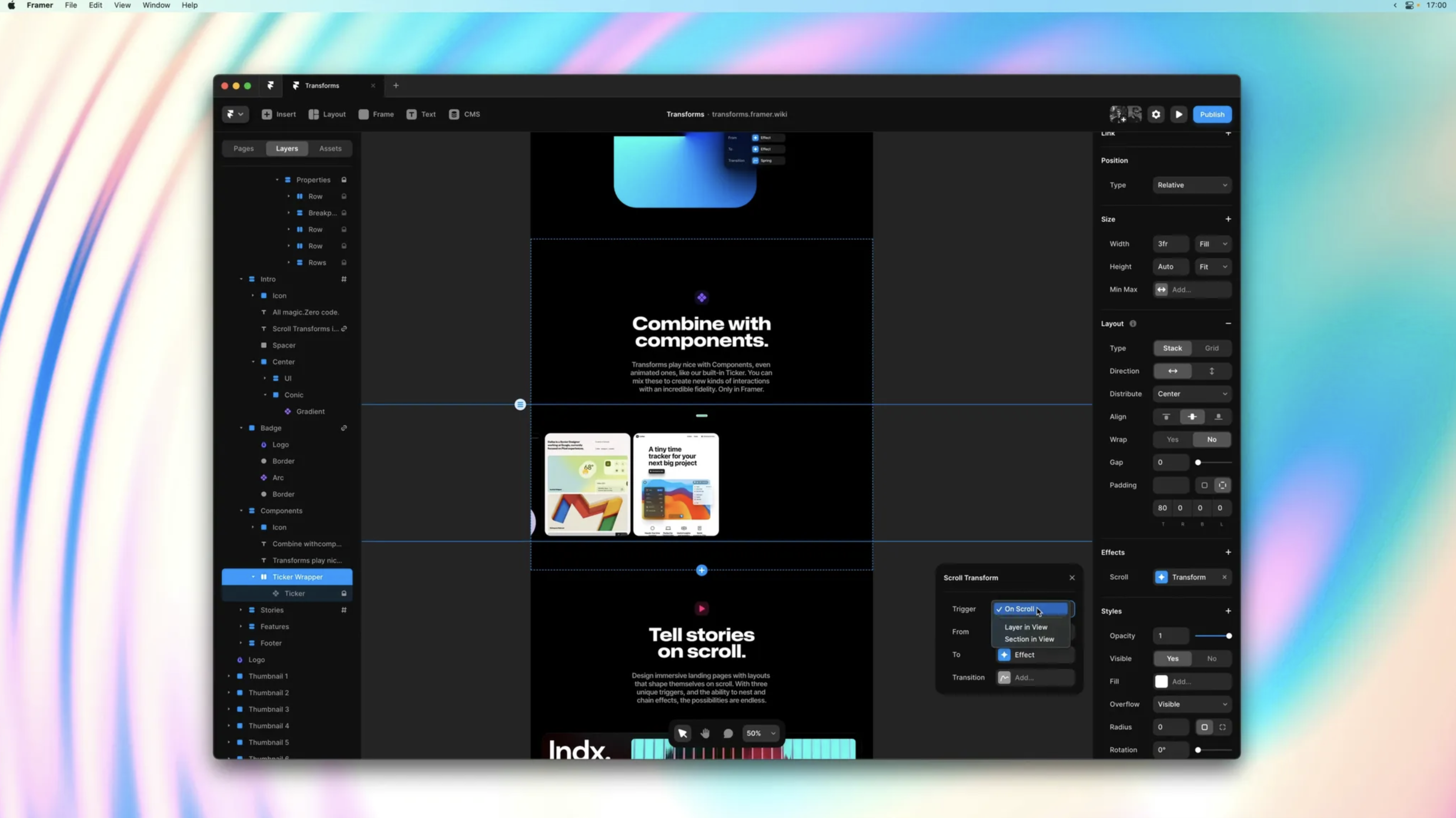

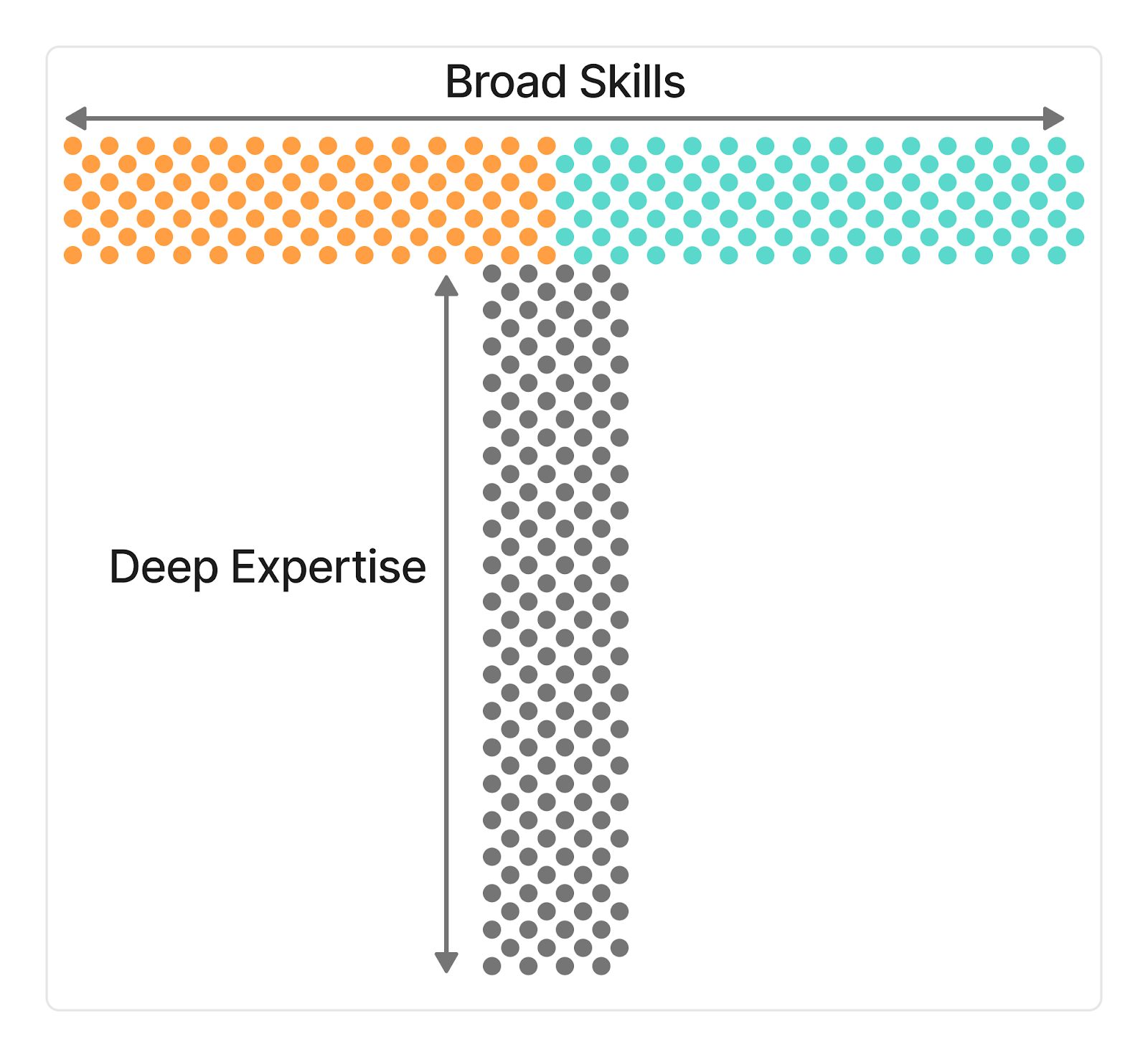
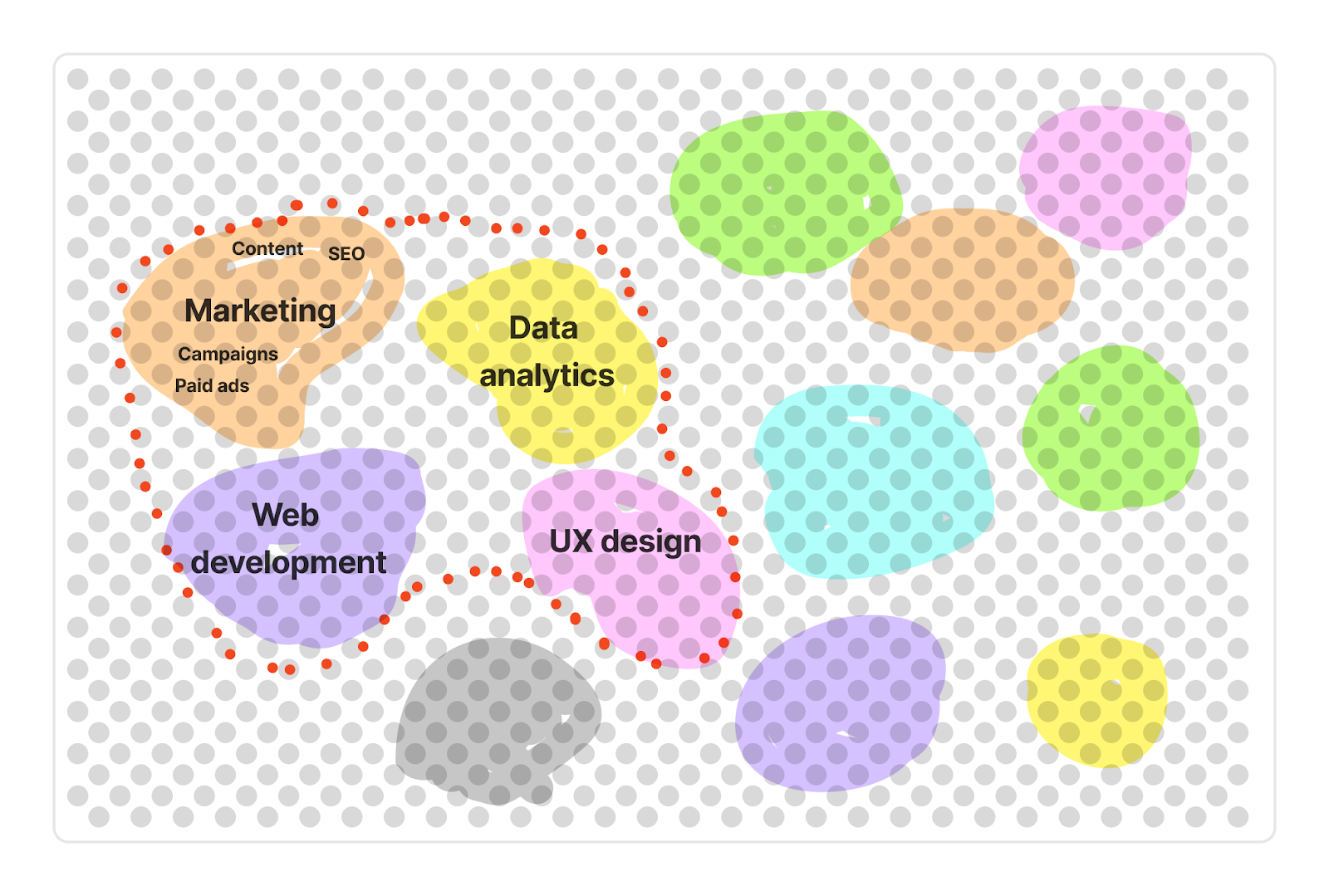
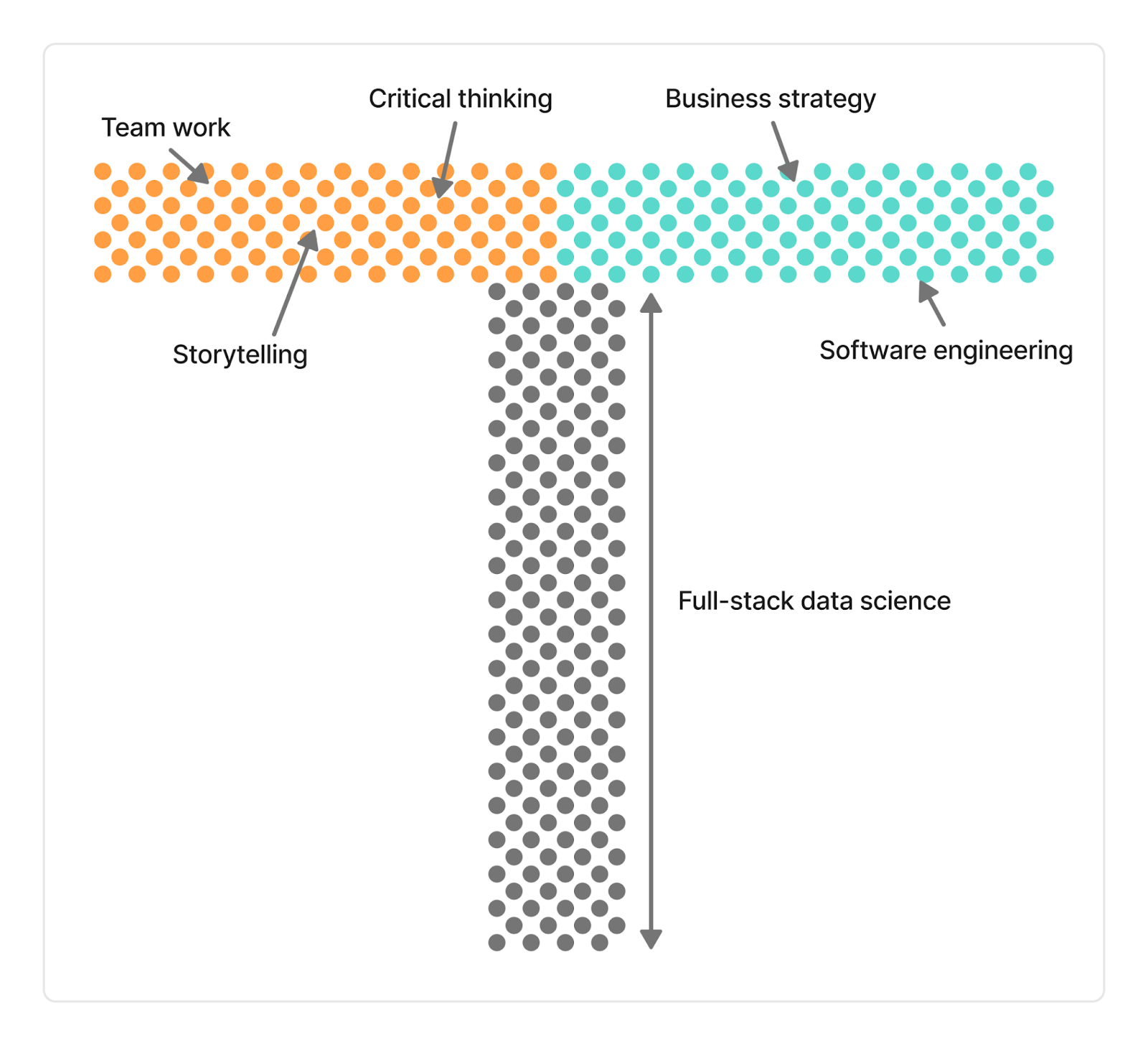
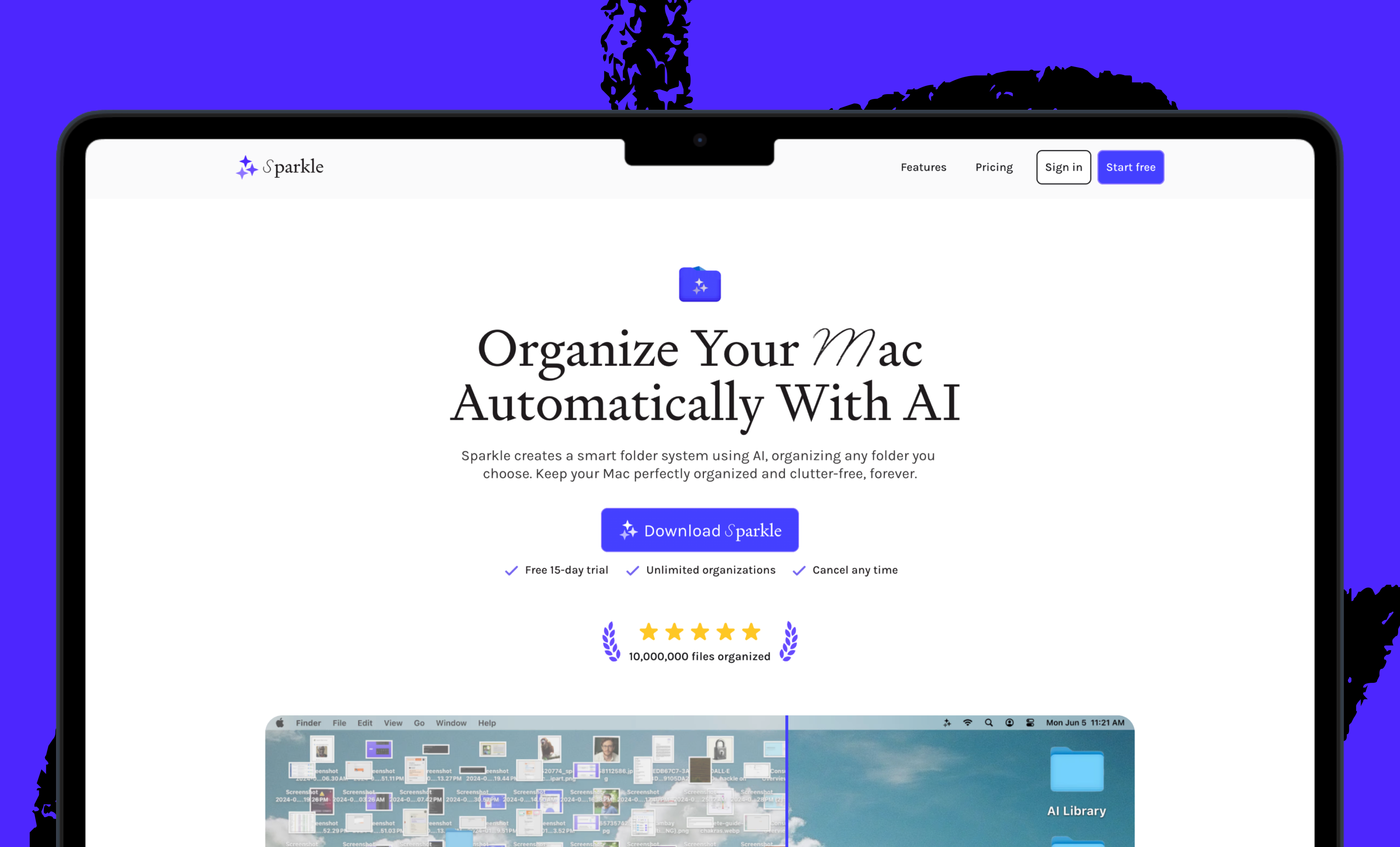
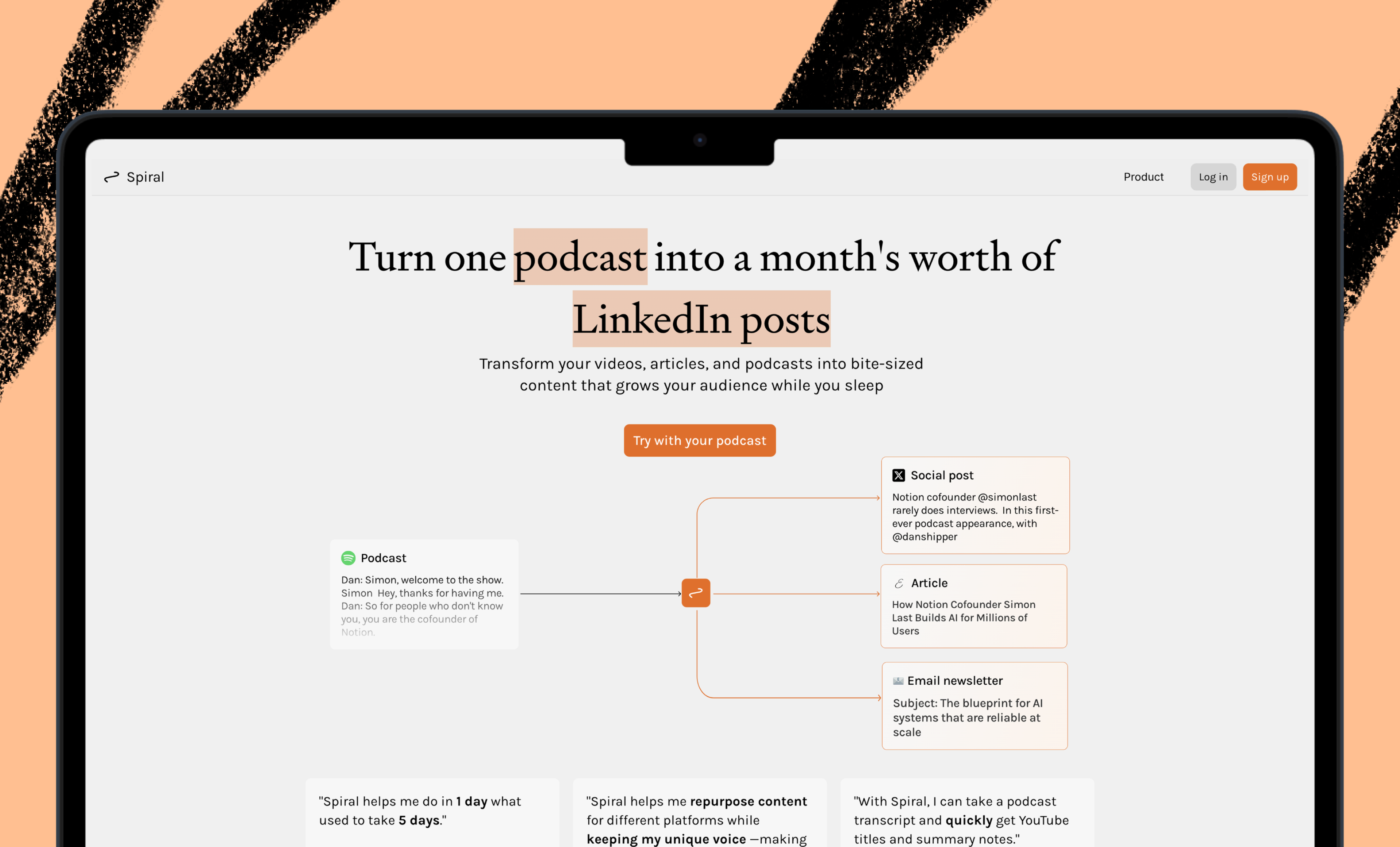

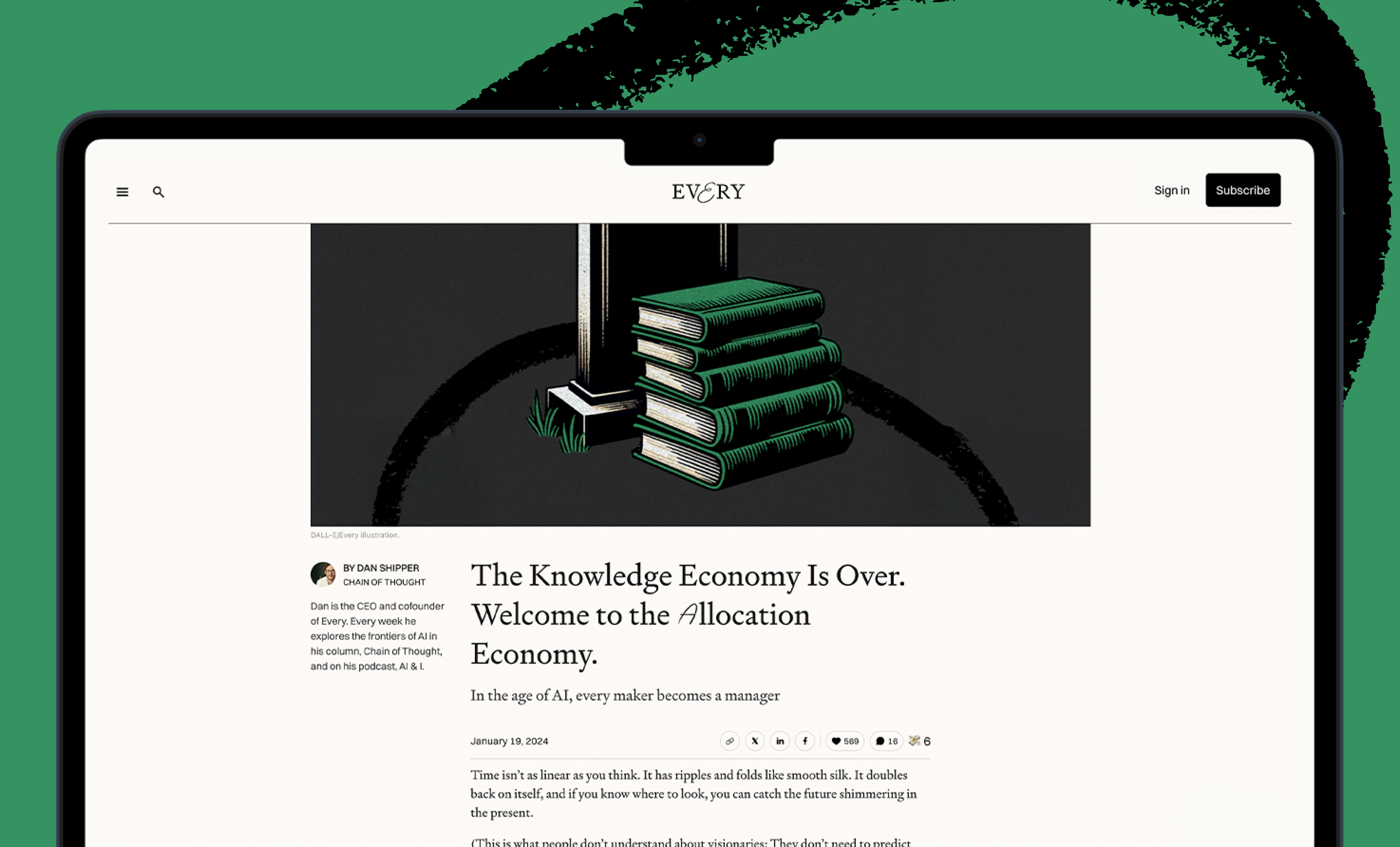
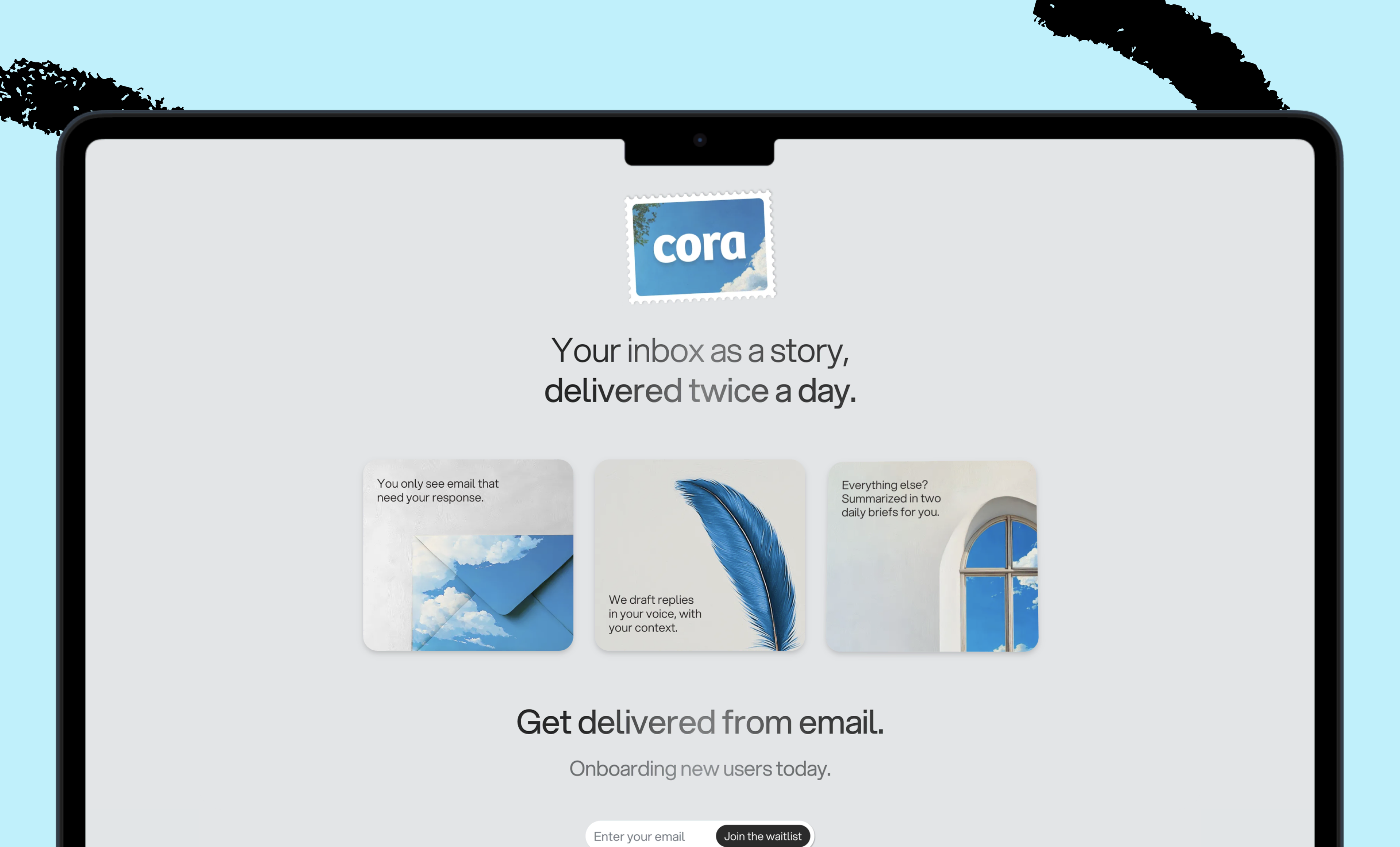
Comments
Don't have an account? Sign up!